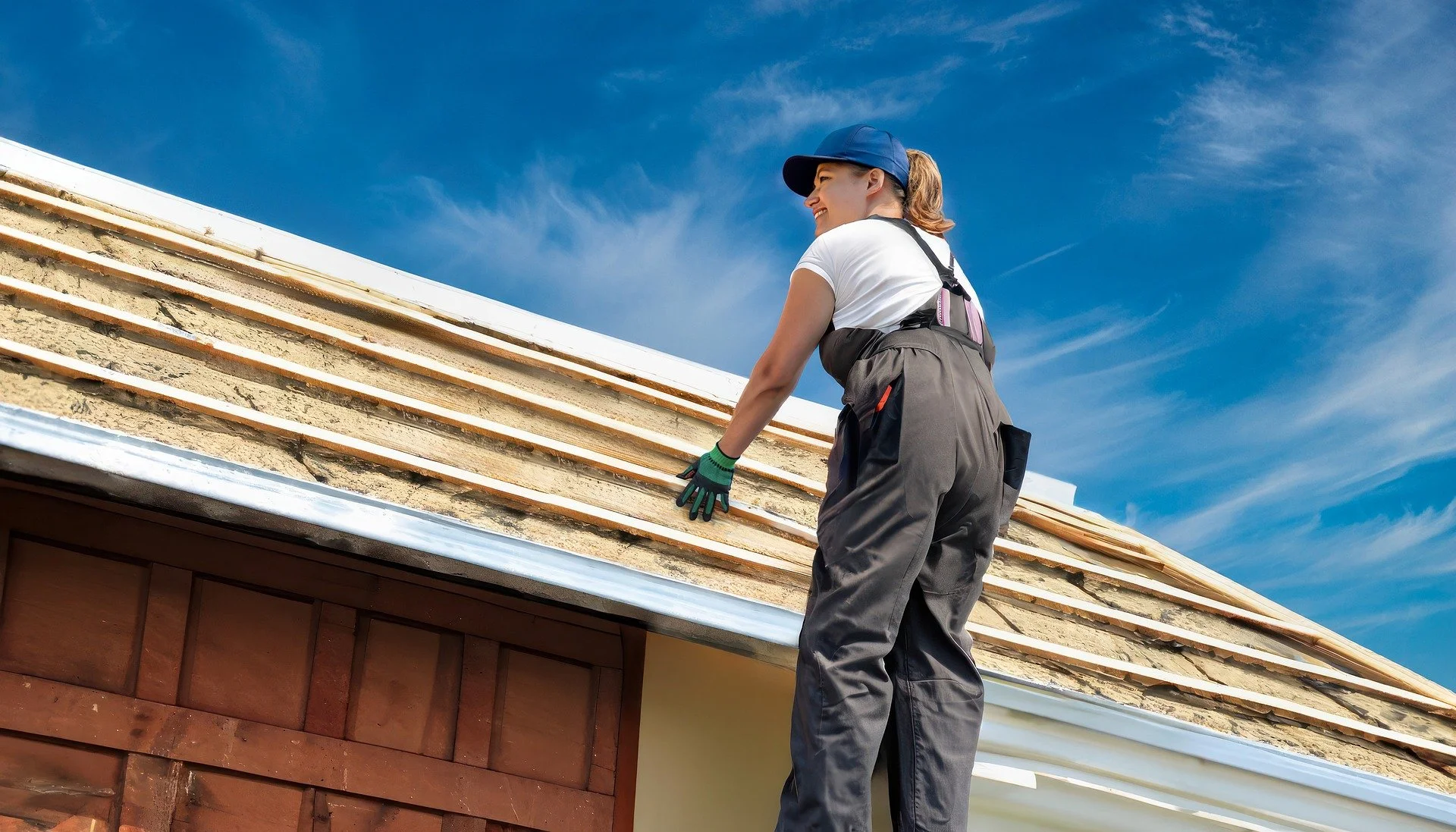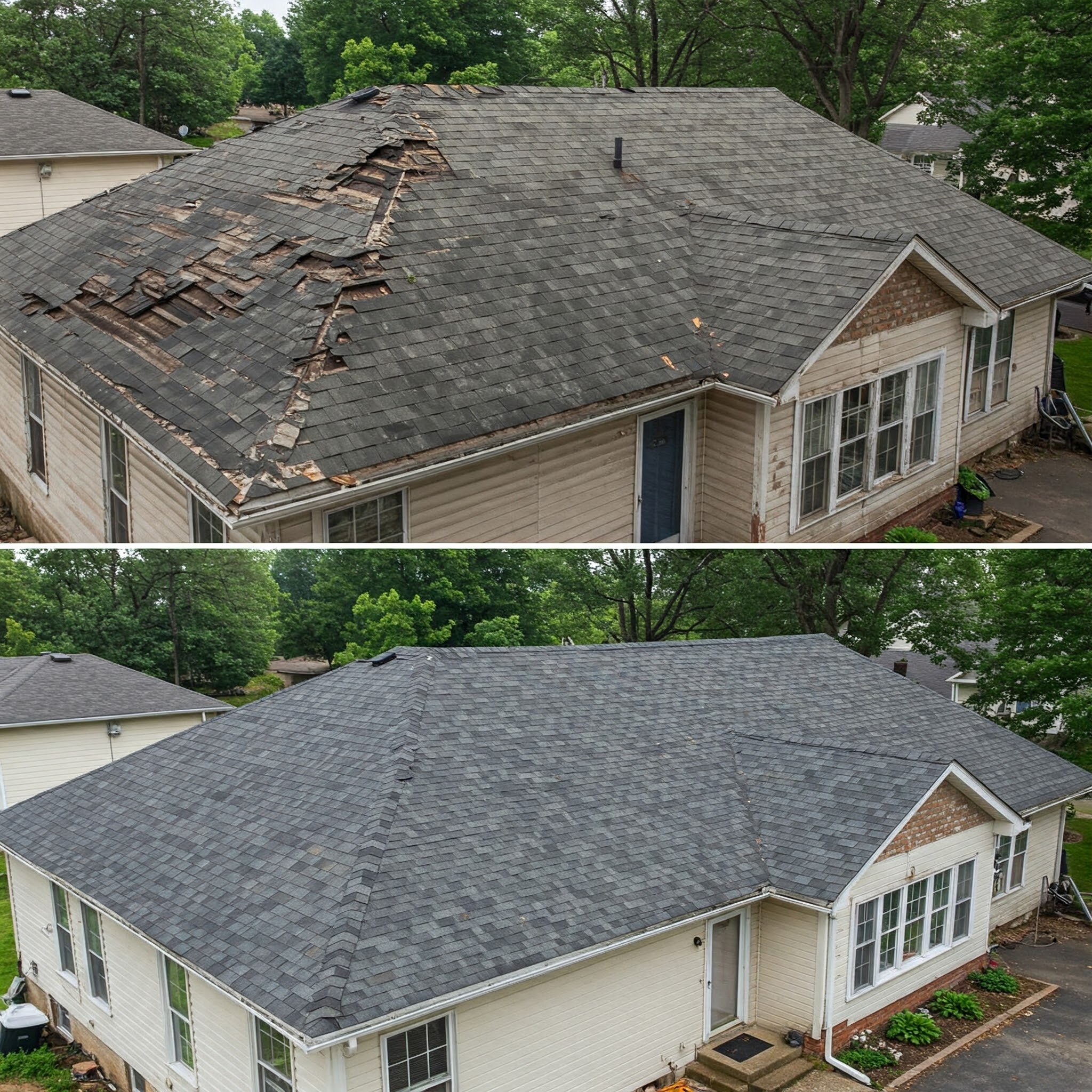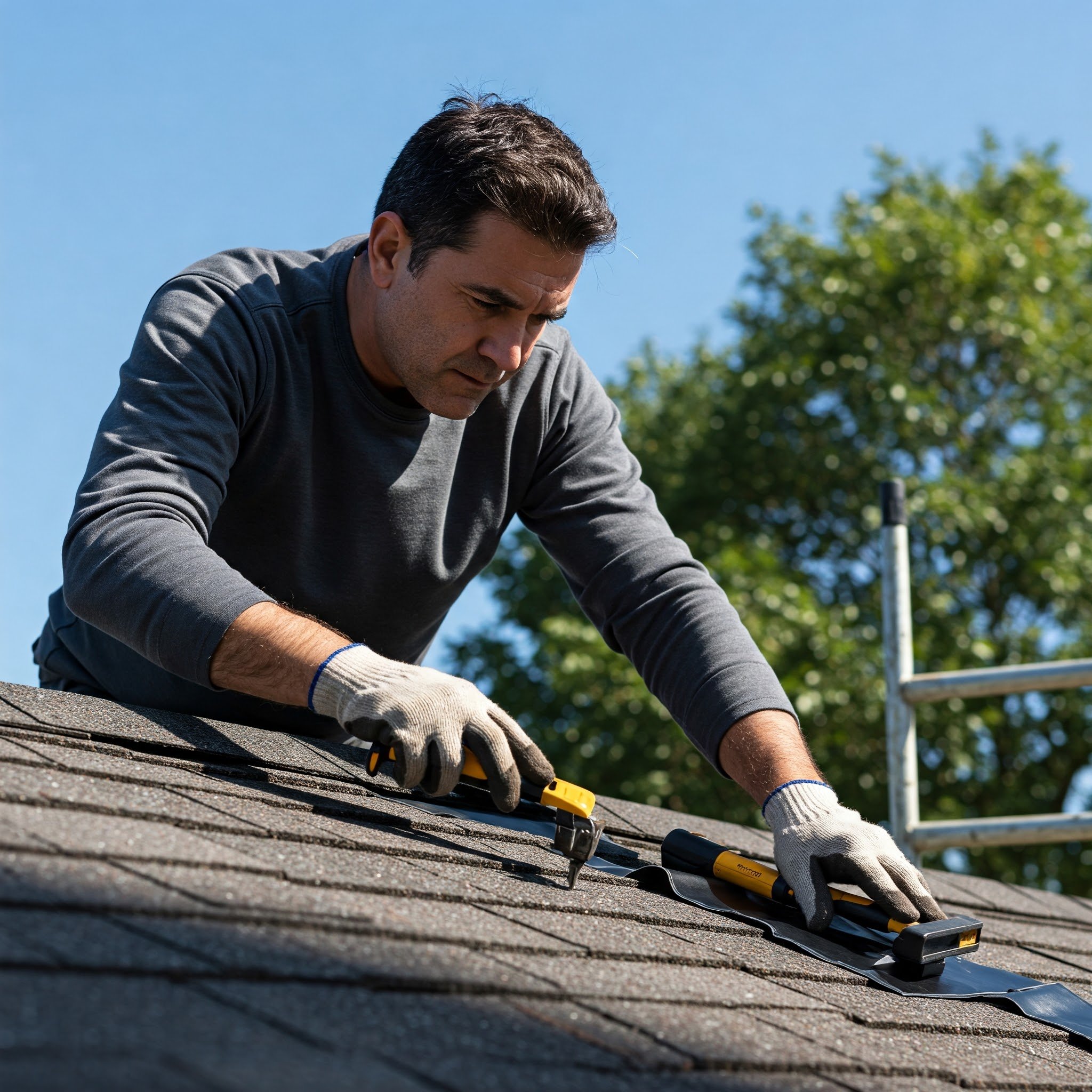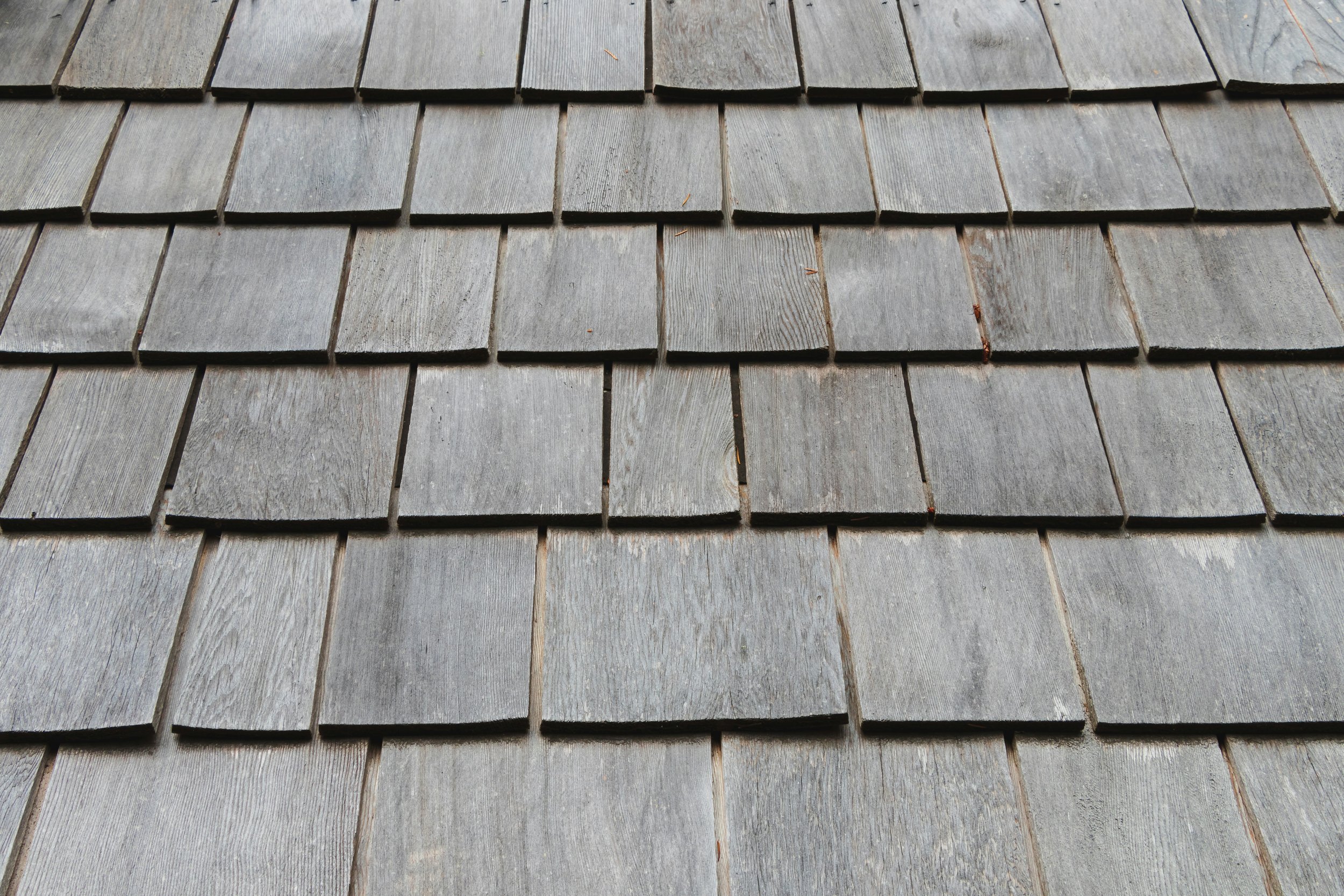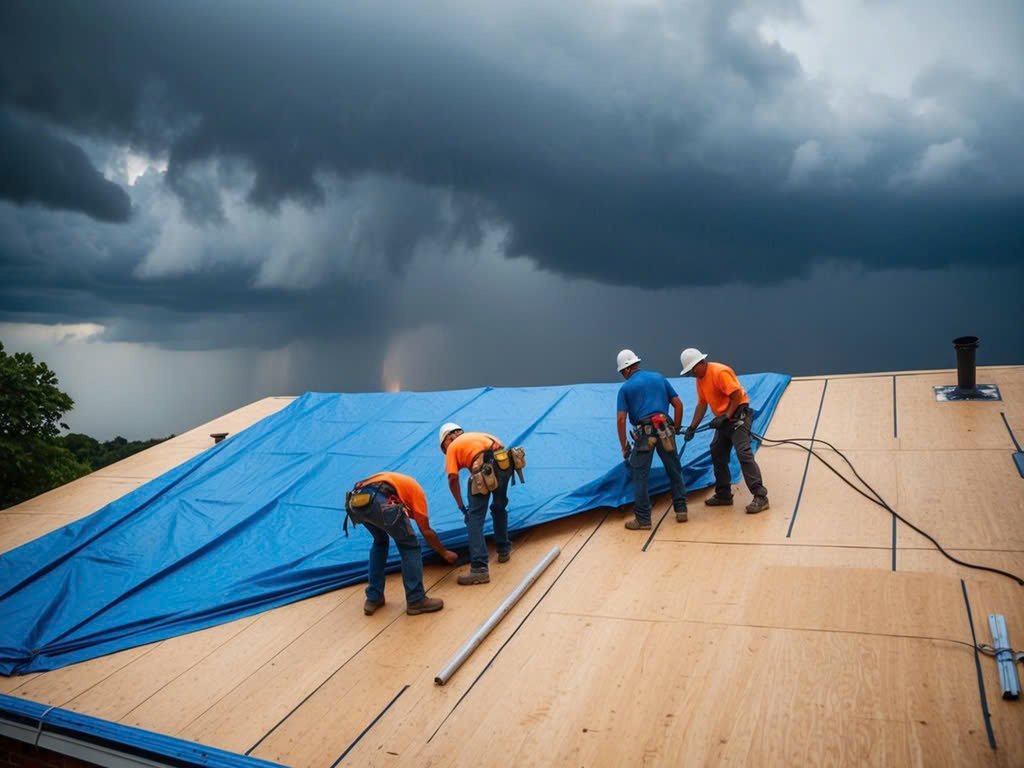6 Key Tips to Follow to Ensure Proper Roof Care
Ensure your roof stays in top condition with these 6 key tips for proper roof care, helping you protect your home and extend your roof’s lifespan.
Caring for your roof is essential to maintaining the integrity of your home. Neglecting roof maintenance can lead to costly repairs and decreased energy efficiency. This blog post is going to share some key tips that will help you safeguard your roof, ensuring it remains in top condition for years to come. Let’s get started on protecting your investment!
Regular Inspections
Regular roof inspections are crucial for identifying potential issues before they become significant problems. Ocean State experts performing roof maintenance in Rhode Island can explain how these inspections can prevent costly repairs by catching signs of wear, damage, or leakage early. Typically, it’s advisable to inspect your roof at least twice a year — once in the spring and once in the fall. During an inspection, look for missing or damaged shingles, signs of rust on metal parts, and debris accumulation in gutters.
Use binoculars for a closer look at hard-to-reach areas or consider hiring a professional for a thorough evaluation. Additionally, after major storms, it's wise to conduct an inspection to check for any damage that may have occurred. Staying proactive with inspections not only extends the life of your roof but also enhances the overall safety and energy efficiency of your home.
Clean Gutters and Downspouts
Gutters and downspouts play a vital role in protecting your roof and home from water damage. They channel rainwater away from the roof, preventing it from pooling and causing leaks, rotting, or structural damage. Clogged gutters can lead to overflow, which may compromise the integrity of your roof and exterior walls.
To maintain their functionality, regularly clean your gutters and downspouts, ideally at least twice a year, or more frequently if you live in a wooded area. Start by removing debris such as leaves and twigs using a scoop or gloved hands. For stubborn blockages, use a garden hose to flush out the system, ensuring water flows freely through the downspouts. Consider installing gutter guards to reduce maintenance needs and keep your gutters clear.
Remove Debris from the Roof
Your roof can be filled with various debris over time. Removing this is crucial to maintaining its health. Here are the things that you need to clean off:
Leaves
Twigs and branches
Pine needles
Acorns and nuts
Moss and algae
Dirt and dust
Animal nests (birds, beehives, etc.)
Lichen and mold
Loose shingles or roofing material
Litter (plastic bags, paper, etc.)
Debris causes moisture, which can lead to mold growth and deterioration of roofing materials. It can obstruct proper drainage, increasing the risk of leaks and water damage. Moreover, organic matter can trap heat and potentially damage shingles, compromising the lifespan of your roof and resulting in costly repairs down the line.
Check and Replace Damaged Shingles
Damaged shingles should be replaced immediately to prevent further issues such as leaks and water infiltration. Broken or missing shingles expose the underlying layers of the roof, making them vulnerable to moisture, which can result in rot, mold, or structural damage. To replace damaged shingles, first, gather necessary tools like a pry bar, roofing nails, and new shingles.
Carefully lift the damaged shingle using the pry bar, removing any nails holding it down. Slide the new shingle into place, ensuring it aligns with adjacent shingles, and secure it using roofing nails. It’s important to seal any exposed edges with roofing cement to ensure a watertight seal and maintain the integrity of your roof.
Trim Overhanging Branches
Overhanging branches scrape against shingles during windy conditions, leading to abrasion and potential leaks. Additionally, fallen branches during storms or high winds can puncture roof surfaces, resulting in costly repairs. Further, branches provide a pathway for pests, like squirrels or raccoons, to access your roof and potentially invade your home.
To keep your roof safe, regularly trim branches that hang close to or over your structure. Use a saw or pruning shears to cut back any branches that come within six feet of your roof. It's advisable to hire a professional tree service for larger branches or trees to ensure safety and precision in the trimming process.
Ensure Proper Ventilation and Insulation
Ventilation helps regulate your attic's temperature, preventing moisture buildup that can lead to mold growth and wood rot. Without adequate airflow, heat can accumulate, causing shingles to deteriorate prematurely. Insulation, on the other hand, provides a barrier against heat loss during colder months, enhancing energy efficiency and reducing heating costs.
To ensure proper ventilation, install roof vents and soffit vents to encourage airflow. Assess your insulation levels and consider adding more if needed, using materials that meet local building codes for effectiveness. Regularly checking these systems can safeguard your roof from damage and promote a more comfortable home environment.
In conclusion, taking proactive steps to care for your roof will not only extend its lifespan but also protect your home and investment. By conducting regular inspections, cleaning gutters, removing debris, and ensuring proper ventilation, you can maintain a safe and efficient roofing system. Remember, a little effort today can save you from costly repairs tomorrow!

